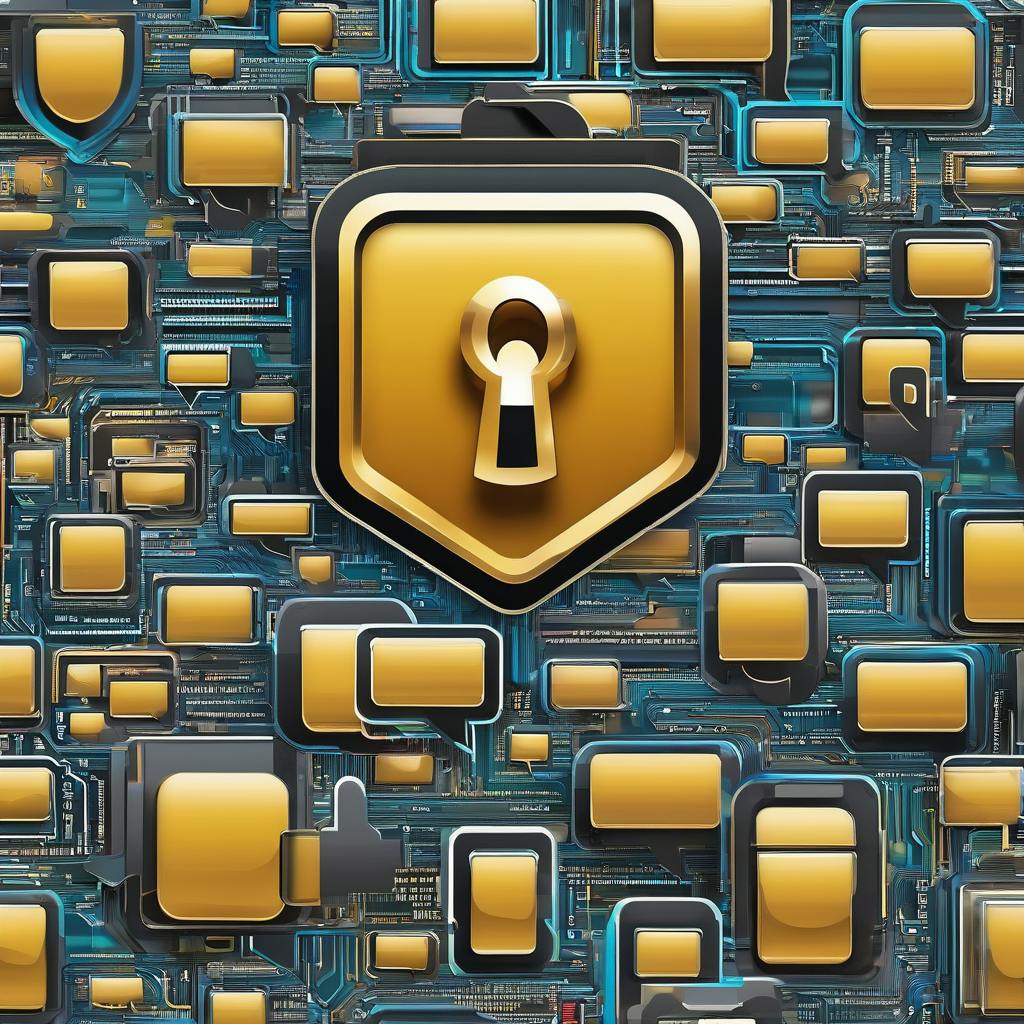USA v. Samuel Bankman-Fried Court Filing, retrieved on March 15, 2024 is part of HackerNoon’s Legal PDF Series. You can jump to any part in this filing here. This part is 10 of 33.
A. Use of Signal to Auto-Delete Messages
At trial, the evidence established that the defendant instructed employees to use Signal, an end-to-end encrypted messaging application, with an auto-delete feature enabled so as to prevent regulators from reviewing communications.
Specifically, Adam Yedidia testified that the defendant instructed employees to use Signal with a feature enabled that would automatically delete each message after a certain amount of time had elapsed since the message was sent. (Tr. 175). Bankman-Fried stated that “it was all downside for messages to be kept around” because “if regulators found something they didn’t like in those messages, that could be bad for the company.” (Tr. 176). Similarly, Ellison testified that the defendant “directed [them] to use the disappearing messaging setting on [their] Signal, meaning that all messages [they] sent in these conversations would disappear after seven days.” (Tr. 825). Bankman-Fried said that FTX and Alameda employees “should be very careful about what [they] put in writing” because “putting things in writing was one of the primary ways that financial firms got in legal trouble.” (Id.). After those directives, FTX and Alameda employees increasingly used Signal messages for “sensitive” communications. (Tr. 825-26). Government Exhibit 1083 is a chart of all of the Signal chats on Wang’s device that were set to auto-delete. The chart shows that many of the chats’ auto-delete function was set by the defendant.
Continue Reading Here.
About HackerNoon Legal PDF Series: We bring you the most important technical and insightful public domain court case filings.
This court case retrieved on March 15, 2024, from storage.courtlistener is part of the public domain. The court-created documents are works of the federal government, and under copyright law, are automatically placed in the public domain and may be shared without legal restriction.

